Table of Contents
When it comes to home design, there’s always that one feature people wish they’d included. While trends come and go, and everyone’s needs are a little different, there’s a clear pattern among homeowners and designers: skipping out on enough storage space is the most common and persistent regret. Whether it’s the lack of closets, tiny pantries, or not enough built-in cabinetry, storage is the design detail that seems minor during planning but becomes a daily frustration once you move in.
Discover the one design feature everyone regrets skipping and learn why it adds value, style, and functionality you don’t want to miss.
Why Storage Is the Unsung Hero of Home Design
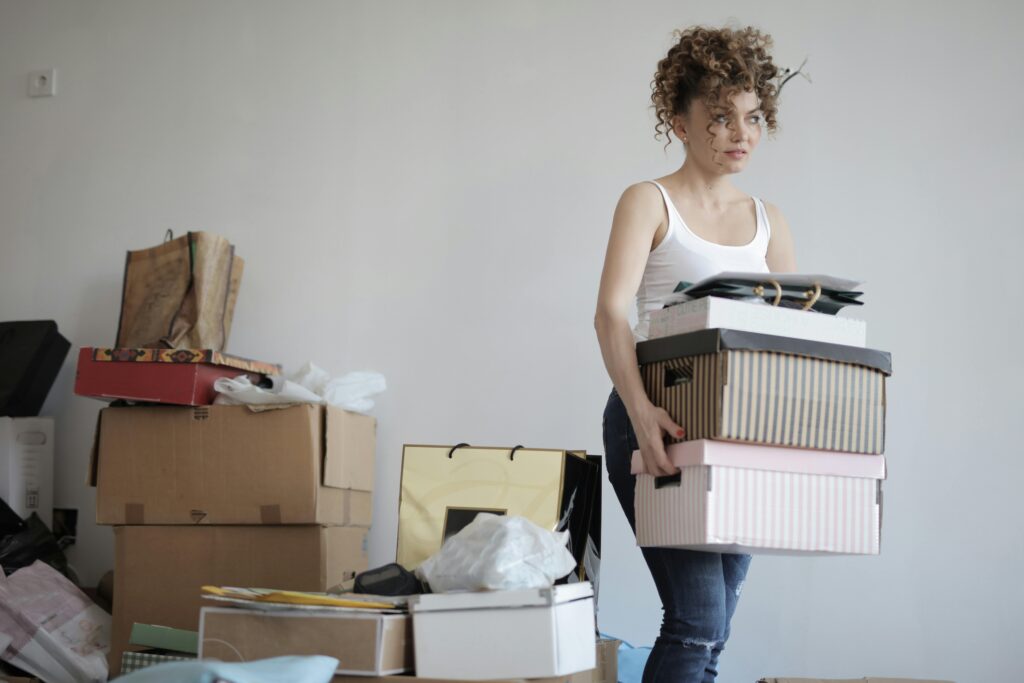
It’s easy to get swept up in the excitement of open floor plans, trendy finishes, and statement lighting. But ask anyone who’s lived in a home with too few closets or cramped cabinets, and they’ll tell you: storage makes or breaks your space. Here’s why:
- Clutter-free living: Without adequate storage, even the most beautiful room quickly feels messy and chaotic.
- Functionality: Storage isn’t just about hiding things; it’s about making your daily routines easier. Think broom closets, linen cabinets, and pantries that fit your groceries.
- Resale value: Future buyers notice storage, or the lack of it. Homes with generous closets, smart cabinetry, and organized garages are always in demand.
The Regrets That Keep Coming Up
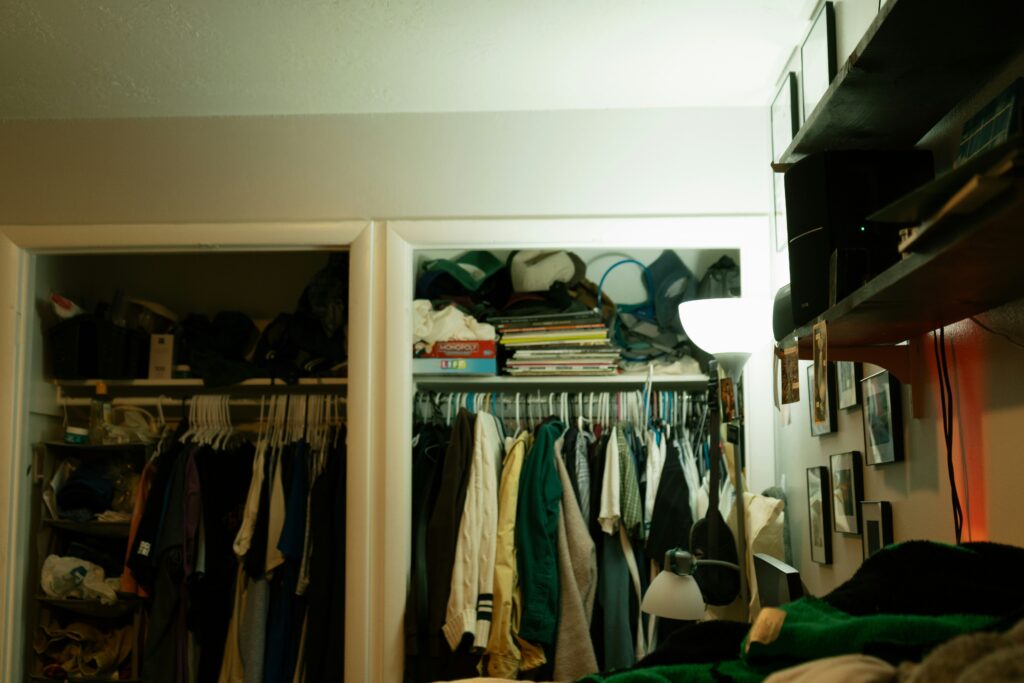
Designers, homeowners, and even influencers consistently mention storage as their top regret when reflecting on their projects:
- Tiny closets: Many regret not adding walk-in closets or expanding bedroom storage. Small closets fill up fast, leaving clothes and shoes spilling into living areas.
- No pantry or a tiny pantry: Kitchen storage is a big pain point. A small or non-existent pantry means food ends up stacked on counters or crammed into cabinets.
- Lack of utility storage: Spaces for cleaning supplies, tools, and seasonal items are often overlooked. No broom closet? You’ll be tripping over mops and vacuums for years to come.
- Minimal built-ins: Open shelving might look great in photos, but it doesn’t hide clutter. Many wish they’d opted for more closed cabinetry, especially in living rooms and kitchens.
Why Do People Skip Storage?
So why do so many people make this mistake? It often comes down to:
- Prioritizing aesthetics over function: It’s tempting to focus on design trends like open shelves or minimalism, but these can mean less practical storage in the long run.
- Budget constraints: When costs start to rise, storage is often the first thing cut. But skimping here usually leads to higher costs down the road when you need to add more later.
- Underestimating needs: It’s easy to overlook how much stuff you actually own until you’re unpacking boxes and running out of places to put things.
Storage Solutions That Save the Day
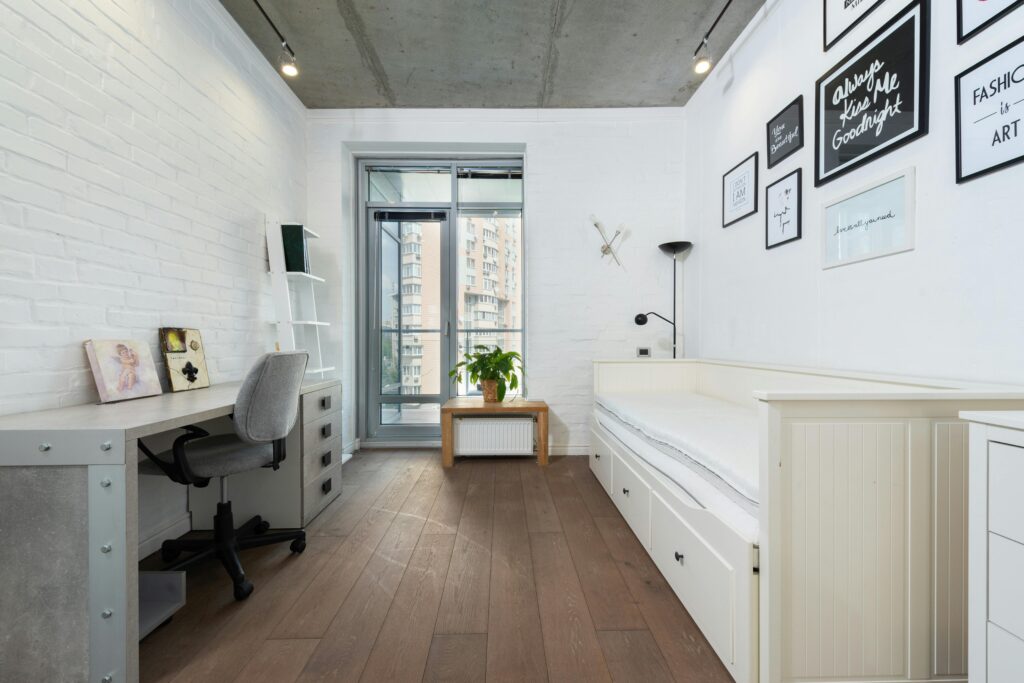
The good news is that even if you’re already in your home and feeling the pinch, there are smart ways to add storage without major renovations:
- Built-in benches with hidden storage: Great for entryways or window seats, these add seating and stash space in one.
- Vertical shelving: Using wall height for storage frees up floor space and keeps things organized.
- Under-bed storage: Drawers or containers under the bed are perfect for seasonal clothes or extra linens.
- Multi-functional furniture: Ottomans, coffee tables, and beds with built-in storage are stylish and practical.
- Closet organizers: Adding shelves, hanging rods, and baskets can dramatically increase your closet’s capacity.
For those planning a remodel or building new, incorporating these ideas from the start can prevent future headaches and make your home feel spacious and calm.
The Hidden Costs of Skipping Storage
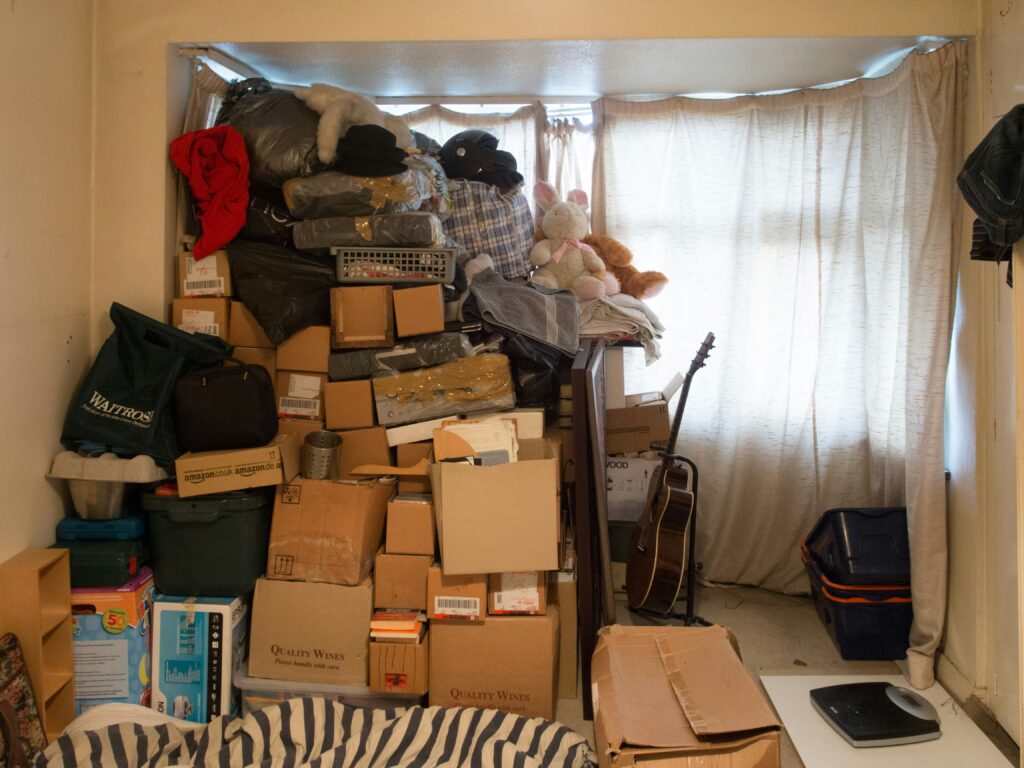
It’s not just about clutter or inconvenience. Skipping adequate storage can have ripple effects that impact your lifestyle and budget:
- Increased stress: Living in a cluttered environment can affect your mental well-being and make daily tasks more frustrating.
- Extra spending: Without built-in storage, you might find yourself buying more furniture or storage bins, which can add up quickly.
- Lost time: Searching for misplaced items or constantly tidying up takes time away from things you enjoy.
- Reduced home value: Potential buyers often see poor storage as a deal-breaker, which can lower your home’s resale price or extend time on the market.
How to Plan Storage Like a Pro
To avoid the common pitfalls, think about storage as an essential part of your home’s design, not an afterthought. Here’s how to get started:
- Make a list: Write down everything you need to store, from clothes and kitchen gadgets to sports equipment and holiday decorations.
- Measure your stuff: Knowing the size and quantity of your belongings helps you design storage that fits.
- Consider your lifestyle: Families with kids have different storage needs than empty nesters or singles. Plan accordingly.
- Think beyond closets: Don’t forget about the garage, attic, basement, and even under the stairs.
- Consult a professional: A designer or organizer can help you maximize space and find creative solutions.
Storage as a Design Feature
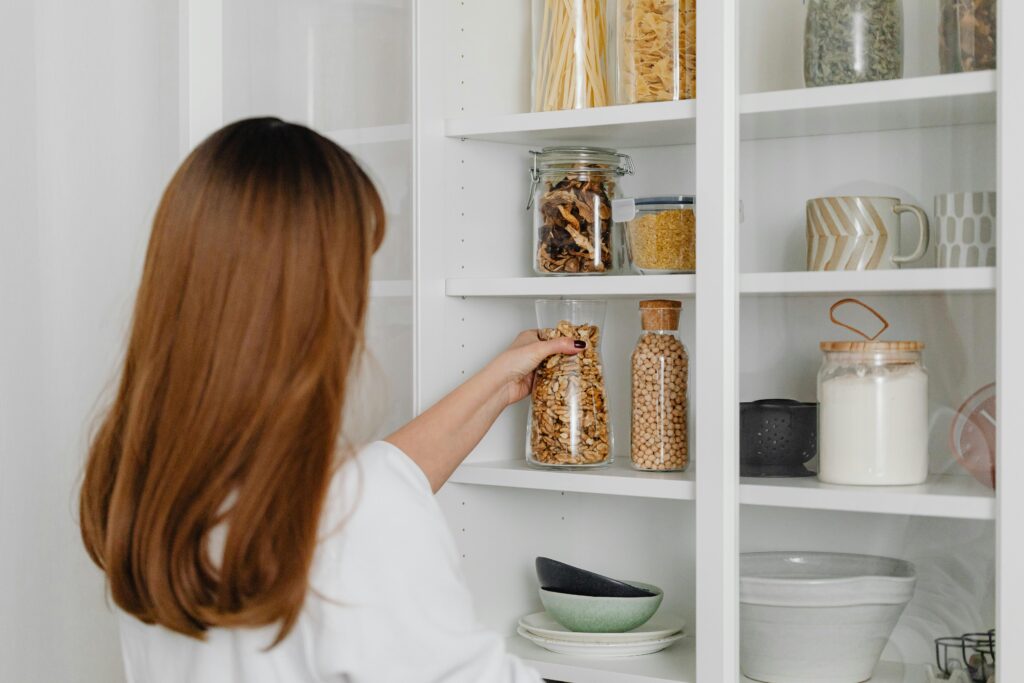
Storage doesn’t have to be boring or hidden away. Great storage can become a design highlight:
- Custom cabinetry: Beautiful built-ins with glass doors or open shelving can display your favorite items while keeping clutter contained.
- Statement closets: Walk-in closets with lighting, mirrors, and seating add a touch of luxury.
- Stylish baskets and bins: Using attractive containers keeps things tidy and adds texture and color.
- Integrated mudrooms: Combining storage with seating and hooks creates a functional, welcoming entryway.
Don’t Skip the Storage
If there’s one design feature you’ll wish you hadn’t skipped, it’s ample, well-planned storage. It may not be the flashiest part of your home, but it’s the one you’ll appreciate every single day. So before you fall for the latest trend or trim your budget, make sure you’re not cutting corners on closets, cabinets, or clever built-ins. Your future self (and your sanity) will thank you. Storage is the quiet hero that keeps your home organized, functional, and beautiful for years to come.

Hi, I’m Christian, a 43-year-old father of two and a lifelong DIY enthusiast. My workshop is where I spend countless hours experimenting, upgrading, and fine-tuning. Sharing my experiences and practical advice is my way of helping others create homes they love.




